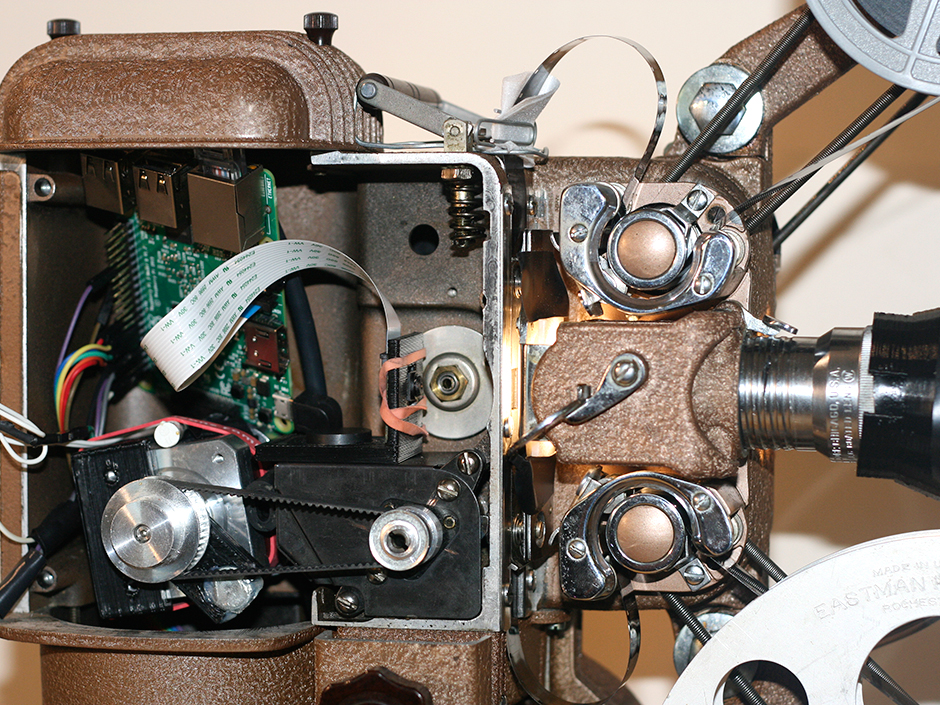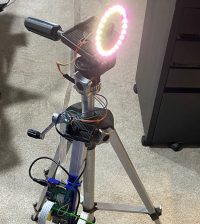- How to Adjust X and Y Axis Scale in Arduino Serial Plotter (No Extra Software Needed)Posted 5 months ago
- Elettronici Entusiasti: Inspiring Makers at Maker Faire Rome 2024Posted 5 months ago
- makeITcircular 2024 content launched – Part of Maker Faire Rome 2024Posted 7 months ago
- Application For Maker Faire Rome 2024: Deadline June 20thPosted 9 months ago
- Building a 3D Digital Clock with ArduinoPosted 1 year ago
- Creating a controller for Minecraft with realistic body movements using ArduinoPosted 1 year ago
- Snowflake with ArduinoPosted 1 year ago
- Holographic Christmas TreePosted 1 year ago
- Segstick: Build Your Own Self-Balancing Vehicle in Just 2 Days with ArduinoPosted 1 year ago
- ZSWatch: An Open-Source Smartwatch Project Based on the Zephyr Operating SystemPosted 1 year ago
Do You Need to Convert Old Film Reels to Digital? Do it in style!

One of the best things about the Raspberry Pi is its ability to bridge generations and give new life to older tech. This is illustrated perfectly by this low cost film transfer system that can convert old reels into digital footage.
Maker Joe Herman found some reels dating back to the 1938 and was able to save thousands by building his own rig.
The Pi Film Capture uses the Raspberry Pi Zero and Camera module and hooks them up to a Super-8 cinema projector. Joe’s system uses a step motor to capture a still image of each frame. Images are processed and stitched back together with FFmpeg.
“In the projector housing where a lamp would normally sit, I placed a Raspberry Pi connected to a stepper motor and a Pi Camera Module. Light shines into the housing from an LED mounted outside. Every time the film advances a frame, the camera takes a picture.”
However, there was still much more work to do. Joe has encountered many problems during project’s development:
“First, I had to run the system more slowly than I expected (under a frame per second) to ensure consistent behavior from the motor and accommodate delays caused by the Pi’s slow file system.
I also had no way of easily viewing images and adjusting camera settings midcapture, so I found myself having to recapture entire reels with new settings. Most worrying, after a few reels it was clear that the Pi camera’s relatively low dynamic range relative to that of the films was wiping out a lot of detail in high-contrast scenes.”
As a solution, he deployed software called Open CV. This takes multiple photos of the same frame at different exposures for a HDR effect. The result is those irreplaceable family archives are now preserved forever in the digital realm.
Here you can read more about this stylish project
















